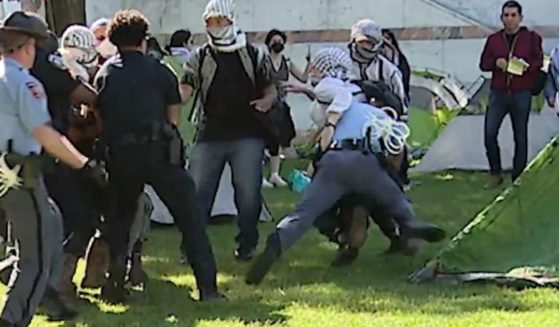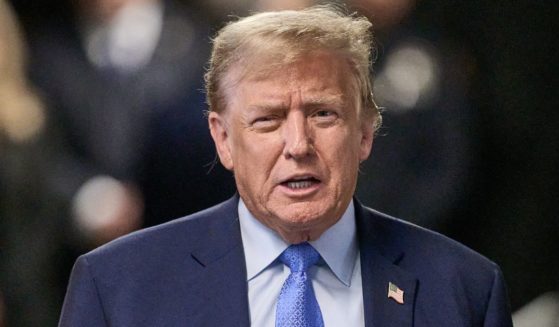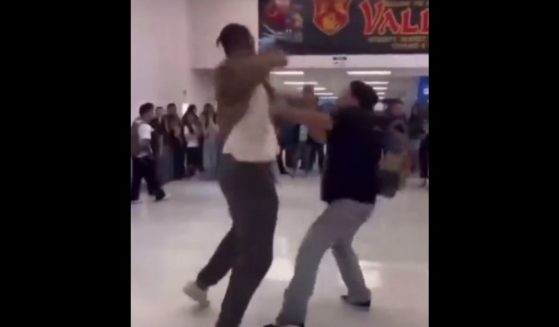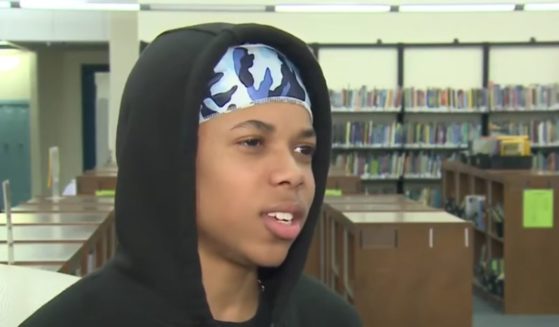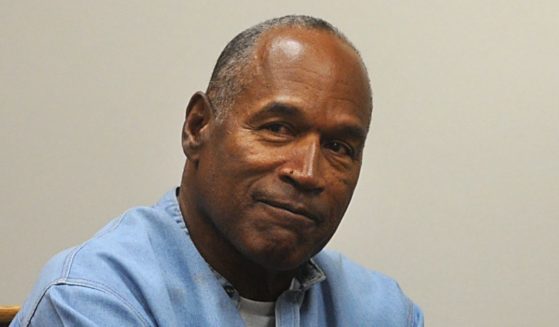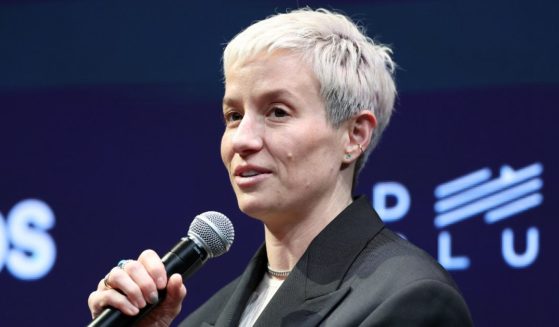To Hall of Famers, baseball has transformed at dizzying pace
NEW YORK (AP) — Baseball has transformed at dizzying speed since Edgar Martinez took his final swing and Mike Mussina, Mariano Rivera and Roy Halladay threw their final pitches.
“We don’t have enough time to talk about that,” the ever erudite Mussina said Wednesday when a trio of newly minted living Hall of Famers appeared at a news conference. “The game always evolves — it always has. I’m not sure I love the way it’s changed lately, but that’s just the nature of it.”
When Mussina retired Boston’s Dustin Pedroia on a double-play grounder to end his final outing in 2008, a start that made him a first-time 20-game winner at age 39, strikeouts in the major leagues totaled 32,884. That broke a mark that had stood since 2004.
There were 41,207 whiffs last year, setting a record for the 11th straight season.
When Martinez took his final swing in 2004, grounding into a double play against Texas reliever Brian Shouse, infield shifts weren’t even totaled, employed only for a few lefty pull hitters like Red Sox slugger David Ortiz.
Baseball’s Analytics Age, the successor to the Steroids Era, had just begun by 2013, when Derek Jeter and Andy Pettitte walked to the Yankee Stadium mound to remove Rivera. The closer left in mid-inning against Tampa Bay to tears and cheers in what turned out to be his finale, after Yunel Escobar had flied out. That month also marked the final appearance of Roy Halladay, who died in a plane crash 14 months ago and was elected posthumously on Tuesday.
There were 34,673 infield shifts on balls in play last year, up from 8,180 in 2013 and 2,357 two years later. Partly as a result, the major league batting average dropped to .248, its lowest since 1972.
“In the past when I played, with two strikes we tried to put the ball in play,” Martinez said in the corner of the ballroom atop The St. Regis New York. “I don’t see many players doing that anymore. Two strikes it’s like, swing hard still. I wish that could change with the players today.”
The Hall of Fame is baseball’s annual celebration of itself. Hall President Jeff Idelson saluted its exclusivity: Among 19,429 major league players, just 232 have been chosen for the Hall, including 132 from the Baseball Writers’ Association of America annual ballot, which requires a supermajority vote.
“It is important to note that the magic number remains 75 percent, a figure never attained by anyone who lived in the White House,” BBWAA secretary-treasurer Jack O’Connell said.
Having achieved the greatest at the highest level, perhaps these players’ thoughts should count the most when it comes to the sport’s evolution.
“As a starter, if you can’t get deep in games, you lose opportunities to win games and you won’t pitch as many innings. There’s a whole list of things that happen,” Mussina said. “So as a starter, I’m not a huge fan of the way it’s going, but I’m not the one making the decisions. I’m an old guy now who just played a few years ago.”
Rivera, the first player elected unanimously by the BBWAA, was as succinct with his words as he was with his pitches.
“I agree with Moose,” he said. “He’s the man.”
Rivera averaged 92-94 mph with his devastating cutter from 2007 through the end of his career, when velocity got as much attention as wins, losses, homers and RBIs. Martinez said the rise of hard-throwing relievers had just dawned in his final years, pitchers who came out of the bullpen throwing 96 and 97 mph.
“Now it’s like every team has two or three, so it is difficult,” he said. “I think players adapt to that type of velocity. The more consistently they see it, they will adapt.”
Glowing a day after their elections, Rivera, Martinez and Mussina smiled and joked. Rivera recalled getting fined by the Yankees’ kangaroo court for showing Halladay the grip he used for his cutter.
They reminisced over youth and obstacles overcome. Rivera was born in the Panamanian fishing village of Puerto Caimito.
“I had no shoes, so we had to be playing barefoot,” he said.
Martinez struggled through his first five big league seasons with Seattle and didn’t become a consistent top hitter until shifted to designated hitter at age 32, a move he initially fought, fearful a bad year at the plate could end his career.
Mussina remembered his first professional season after leaving Stanford, at Double-A Hagerstown in 1990.
“First bus trip I got my luggage run over by the bus,” he said. “First game I actually pitched, it rained so hard they couldn’t get the tarp on the field. So I pitched two innings, and so it didn’t really count, and so I got two debuts in the minors, which doesn’t happen all the time.”
Rivera and Mussina were former New York Yankees teammates, and Rivera and Martinez are tied by the batter’s unusual success against him. Martinez hit .579 (11 for 19) off Rivera with three doubles, two home runs, six RBIs and three walks.
That provided food for thought. Or rather, thought for food.
“Edgar has to take me to dinner, maybe tomorrow?” Rivera said. “One of these days. Because of me, his average was better, so therefore, you owe me dinner.”
Not so fast, Mussina insisted. Mussina’s 270 victories included 49 that were saved by Rivera — the reliever’s second-most for a pitcher behind 72 for Andy Pettitte.
“How many times did I set you up so you could sit up here?” Mussina asked Rivera. “I think you take me some place, that’s what I think.”
Rivera was quick with a cutting reply: “Olive Garden.”
More laughs and smiles.
___
More AP MLB: https://apnews.com/MLB and https://twitter.com/AP_Sports
The Western Journal has not reviewed this Associated Press story prior to publication. Therefore, it may contain editorial bias or may in some other way not meet our normal editorial standards. It is provided to our readers as a service from The Western Journal.
Truth and Accuracy
We are committed to truth and accuracy in all of our journalism. Read our editorial standards.

